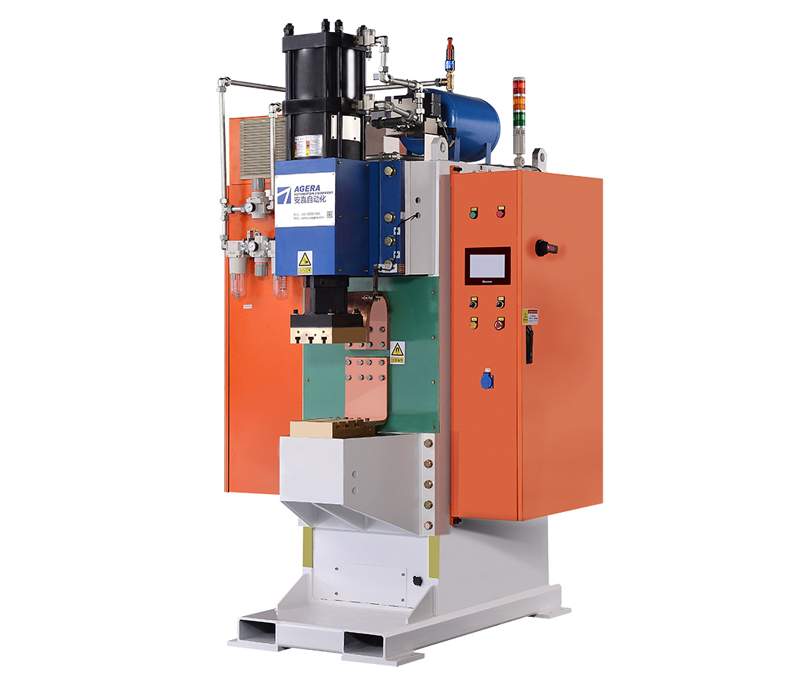Energy storage spot welding machines are widely used in various industries for joining metal components. Achieving optimal welding conditions is essential to ensure the quality and integrity of weld joints. This article provides an analysis of three important welding conditions in energy storage spot welding machines, offering insights into their impact on weld quality and providing guidance for operators to achieve desirable welding results.
- Welding Current: The welding current is a critical parameter that directly affects the heat generated during the welding process. It determines the depth and width of the fusion zone, as well as the overall strength of the weld joint. Selecting the appropriate welding current depends on factors such as the material type, thickness, and desired weld penetration. Insufficient current may result in inadequate fusion and weak welds, while excessive current can lead to overheating, spattering, and distortion. Operators should carefully adjust the welding current to achieve the optimal balance between penetration and heat input for each specific welding application.
- Electrode Force: The electrode force, also known as the welding pressure, plays a crucial role in ensuring proper contact between the workpieces during the welding process. It affects the formation of the weld nugget and influences the mechanical properties of the joint. Insufficient electrode force can lead to insufficient contact, resulting in poor fusion and inadequate weld strength. On the other hand, excessive electrode force can cause excessive deformation, electrode sticking, and excessive indentation. Operators should adjust the electrode force based on the material thickness, type, and desired weld quality to achieve consistent and reliable welds.
- Welding Time: The welding time refers to the duration for which the welding current and electrode force are applied to the workpieces. It determines the amount of heat transferred to the joint and the overall energy input. The welding time should be carefully controlled to ensure sufficient heat input for proper fusion without excessive heat buildup. Insufficient welding time may result in incomplete fusion and weak welds, while excessive welding time can lead to excessive heat input, distortion, and potential damage to the workpieces. Operators should optimize the welding time based on the material properties, joint design, and desired weld quality.
Achieving optimal welding conditions is crucial for ensuring the quality and reliability of weld joints in energy storage spot welding machines. By carefully adjusting the welding current, electrode force, and welding time, operators can achieve desirable weld characteristics, including proper fusion, adequate strength, and minimal distortion. Understanding the impact of these three welding conditions and their interplay is essential for producing high-quality welds consistently. Regular monitoring and adjustment of these parameters, based on the specific requirements of each welding application, contribute to improved weld quality, increased productivity, and reduced rework or repair.
Post time: Jun-08-2023



